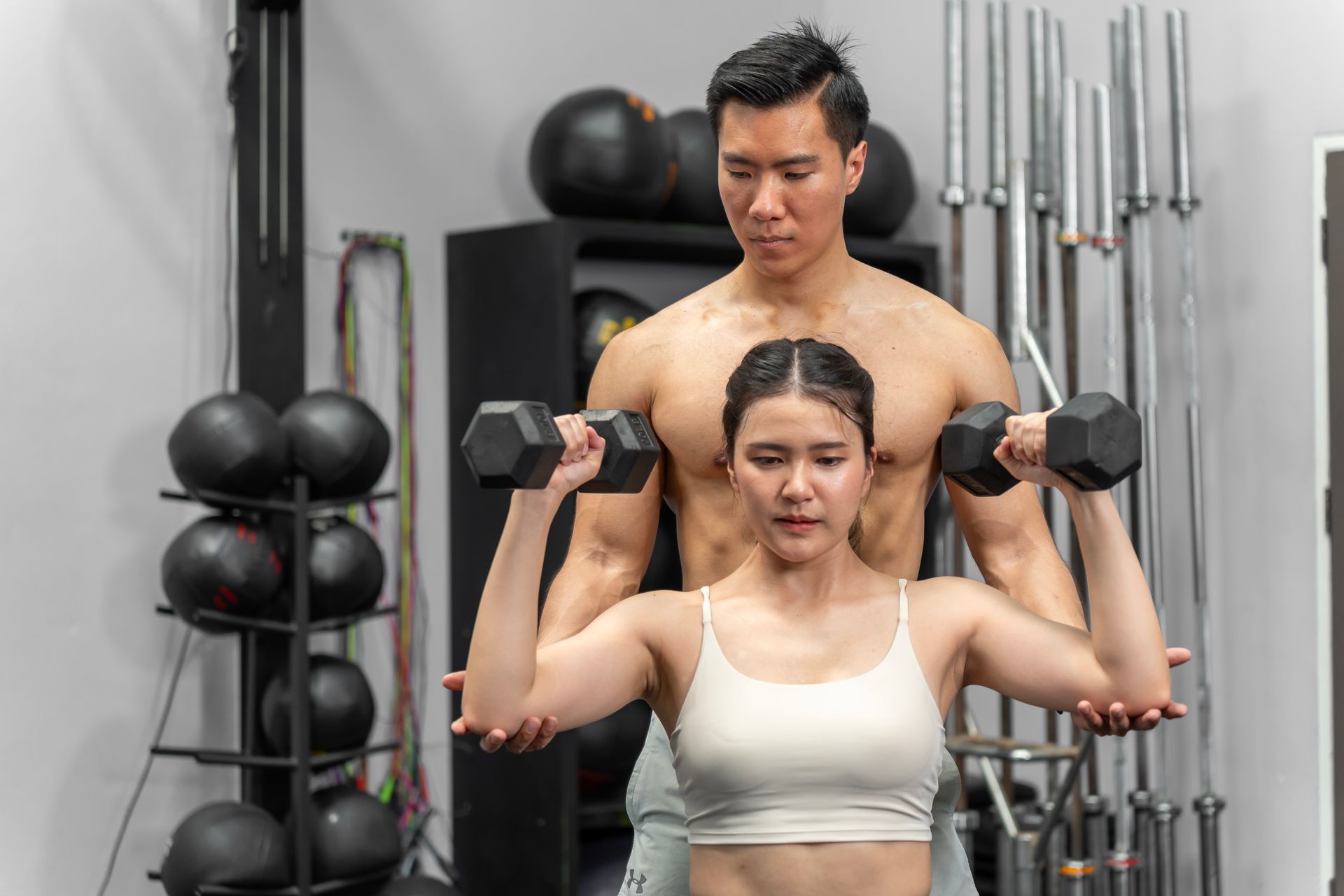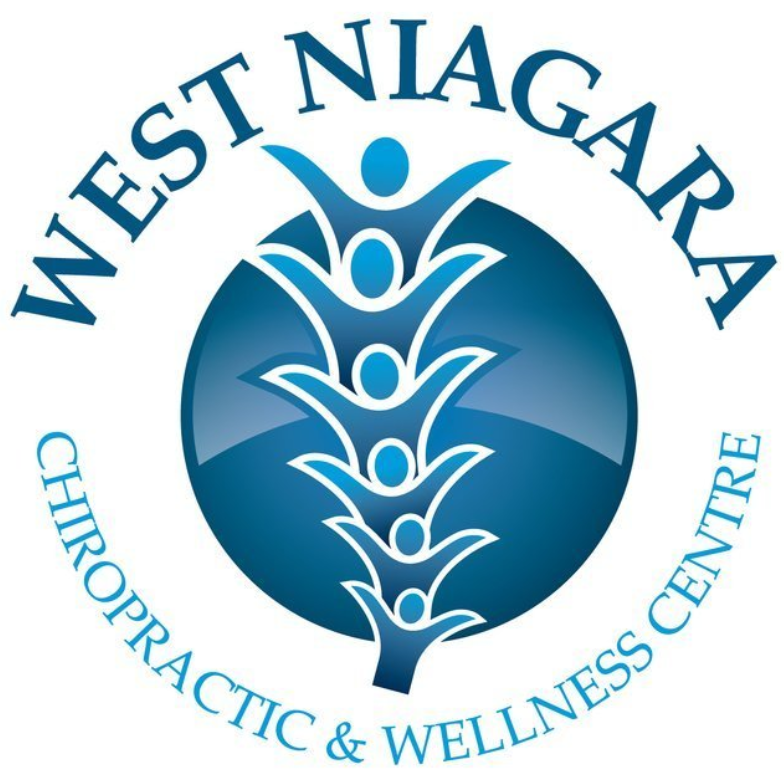Stand Taller: How Strength Training Improves Your Posture
Slouching over a desk or phone is a common habit, but it can lead to more than just a temporarily sore neck. Poor posture contributes to back pain, muscle imbalances, and even reduced lung capacity over time. While you might try to consciously sit up straight, a more lasting solution lies in building the physical foundation for good posture. Strength training is a powerful tool that can help you stand taller, move better, and feel stronger.

The Muscular Foundation of Good Posture
Posture isn't just about remembering to pull your shoulders back. It's about having the muscular strength and endurance to hold your body in proper alignment against gravity. When certain muscles are weak, others have to overcompensate, leading to strain and the slouched position many people struggle with. Strength training corrects these imbalances by targeting the muscles essential for a stable and upright frame.
Strengthen Your Core and Back
Your core is more than just your abs. It's a complex group of muscles that wrap around your midsection, including your obliques and lower back. A strong core acts like a natural corset, stabilizing your spine and keeping your torso upright.
Likewise, the muscles in your upper and middle back, such as the rhomboids and trapezius, are responsible for pulling your shoulder blades back and down. When these muscles are weak, the shoulders tend to round forward. Exercises that target these back muscles counteract the daily effects of hunching over a computer or steering wheel.
Key exercises for core and back:
- Planks: Engage the entire core to stabilize the spine.
- Bird-Dog: Improves stability and strengthens the lower back and glutes.
- Rows: Builds strength in the upper and mid-back to retract the shoulder blades.
- Deadlifts: A compound movement that strengthens the entire posterior chain, including the back, glutes, and hamstrings.
The Benefits of Strength Training for Alignment
A consistent strength training program offers more than just stronger muscles. It translates into improved body mechanics, reduced strain, and a decreased risk of injury.
Improve Spinal Alignment
When your core and back muscles are strong, they can easily support your spine in its natural, neutral curve. This reduces excessive pressure on the spinal discs and vertebrae, which is a common cause of chronic back pain. Instead of forcing your body into alignment, strength training builds the support system it needs to maintain it effortlessly. This improved alignment helps distribute weight more evenly across your joints, from your neck down to your ankles. The result is less wear and tear on your body over the long term.
Reduce Strain and Prevent Injury
Poor posture places continuous strain on muscles, ligaments, and tendons. For example, for every inch your head juts forward, it adds about 10 pounds of pressure on your cervical spine. Over time, this can lead to neck pain, headaches, and serious injury.
By strengthening the muscles that support your posture, you build a more resilient frame. Strong muscles act as shock absorbers, protecting your joints and spine during everyday activities like lifting groceries or playing with your kids. This improved body mechanics makes you less susceptible to strains, sprains, and other musculoskeletal injuries.
Enhance Overall Body Mechanics
The benefits of good posture extend to every movement you make. Proper alignment allows for a better range of motion in your joints and more efficient movement patterns. Athletes know that a stable core is the key to generating power, but this principle applies to everyone. Whether you're running, gardening, or simply walking, a strong postural foundation allows you to move with greater ease and efficiency. This can boost your performance in physical activities and reduce the fatigue associated with poor body mechanics.
Getting Started Safely
Embarking on a strength training journey is a proactive step toward better health. However, it's important to approach it correctly to avoid injury. Start with light weights or bodyweight exercises to master proper form before increasing the intensity. Focus on compound movements that engage multiple muscle groups at once for the most efficient results.
If you have a history of pain or are recovering from an injury, it's wise to proceed with caution. Pushing through pain can make an underlying issue worse. A professional can provide a proper diagnosis and guide you on which exercises are safe and beneficial for your specific condition.
For expert guidance on injury recovery, personalized exercise plans, or regular maintenance to keep your body functioning at its best, consider consulting a professional. The team at West Niagara Chiropractic and Wellness Centre can help you address the root cause of your postural issues and develop a safe, effective plan to help you stand taller and live pain-free.












